Every family needs to raise awareness of traffic safety to protect the lives and health of family members and contribute to building a civilized and safe society.
Currently, the province has more than 1,100km of national highways, including National Highway 2, National Highway 32, National Highway 70, National Highway 21, National Highway 6...; nearly 5,000km of provincial and communal roads; more than 60km of railway; 6 major rivers including Red River, Da River, Lo River, Bua River, Boi River and Thao River with a total length of nearly 400km, very convenient for inland waterway traffic.
However, along with the potential for economic development are challenges in traffic management and operation. Traffic volume is increasing rapidly, especially on routes connecting the center of Viet Tri with neighboring localities. Traffic law violations are still common, especially in remote, isolated, and rural areas. Infrastructure is not yet synchronized, many roads are degraded, lacking signs and lighting systems, easily causing accidents.
In addition, the limited awareness of vehicle drivers makes the traffic safety situation complicated. On major rivers such as the Red River and the Da River, sand and gravel mining and construction material transportation activities are taking place vigorously; many vehicles are not registered or inspected, lack life-saving equipment, and do not comply with safety operating regulations...
Authorities are making efforts to implement many measures to ensure traffic safety, including increasing patrols, control, handling violations, raising awareness of traffic participants, and maintaining and upgrading traffic infrastructure.
Since the beginning of the year, the provincial authorities have organized many mobile propaganda sessions at schools, villages, hamlets, markets, and industrial parks, launching the movement "All people participate in maintaining traffic order and safety" associated with the criteria for building advanced new rural areas. At the same time, they have organized the signing of commitments to comply with the Law on Road Traffic Order and Safety for students and parents; requiring owners of wharves, yards, and vehicle owners to strictly implement the provisions of the law in the fields of road, railway, and inland waterway traffic. Installing new signs and smart traffic lights in key areas. Deploying a camera system on National Highway 2, National Highway 32, National Highway 70, the axis connecting newly merged localities to monitor and handle fines...
The provincial police have stepped up their efforts to handle violations of alcohol concentration, overloaded vehicles, vehicle extensions, and underage students driving motorbikes. They have coordinated with local authorities to organize high-profile patrols, focusing on violations of alcohol concentration, speeding, not wearing helmets, driving in the wrong lane, and vehicles with expired registrations. They have proposed to invest in repairing and upgrading inter-provincial and inter-commune roads, eliminating traffic accident “black spots”; installing traffic lights and warning signs in densely populated areas, schools, markets, and bus stations.
At the same time, organize mobile propaganda, build a model of "Self-managed traffic safety team" in residential areas. Coordinate with schools, Youth Union, Women's Union to organize competitions and forums on traffic safety to educate the younger generation. The focus is to raise awareness of self-compliance with the law, build a culture of safe traffic; control and reduce traffic accidents in terms of the number of cases, deaths, and injuries; prevent traffic jams on main roads, key traffic hubs, and urban areas, ensure smooth traffic, and serve the travel needs of the people.
Authorities proactively develop plans to respond to incidents on the river, prepare rescue forces; install warning signs and markers at dangerous points, blind bends, weak bridges or places where ships and boats frequently pass by. Strengthen inspection of inland waterway ports, especially cross-river passenger ports, transporting construction materials, coal, wood, etc.; strictly handle cases of overloading, unlicensed transport, unlicensed ports, and vehicles converted to substandard standards.
Check and handle acts of encroachment on railway safety corridors; install warning signs and speed bumps at road intersections. Organize communication campaigns at schools and residential areas, emphasizing the risk of accidents when walking, playing, or crossing railway tracks in the wrong places. Survey locations where accidents have occurred or are at high risk, and propose renovation plans. Coordinate with militia, civil defense, and residential areas in monitoring self-opened walkways and warning of accidents. Call on people to sign a commitment not to violate railway safety corridors...
Traffic Safety Class at Sao Mai Kindergarten, Vinh Phuc Ward, Phu Tho Province.
After the merger, the traffic management organization model was also adjusted. The Department of Construction, the Provincial Police and localities closely coordinated, connected vehicle management data, and operated traffic in border areas; linked with neighboring provinces such as Tuyen Quang, Lao Cai, Son La, Thai Nguyen, Hanoi... to control inter-regional traffic flows.
The synchronous implementation of state management, infrastructure investment, technology and promotion of propaganda is the key to creating a safe and smooth traffic system, contributing to sustainable socio-economic development.
Trieu Ngoc Toan - Le Minh
Source: https://baophutho.vn/dong-bo-cac-phuong-an-dam-bao-trat-tu-an-toan-giao-thong-236454.htm



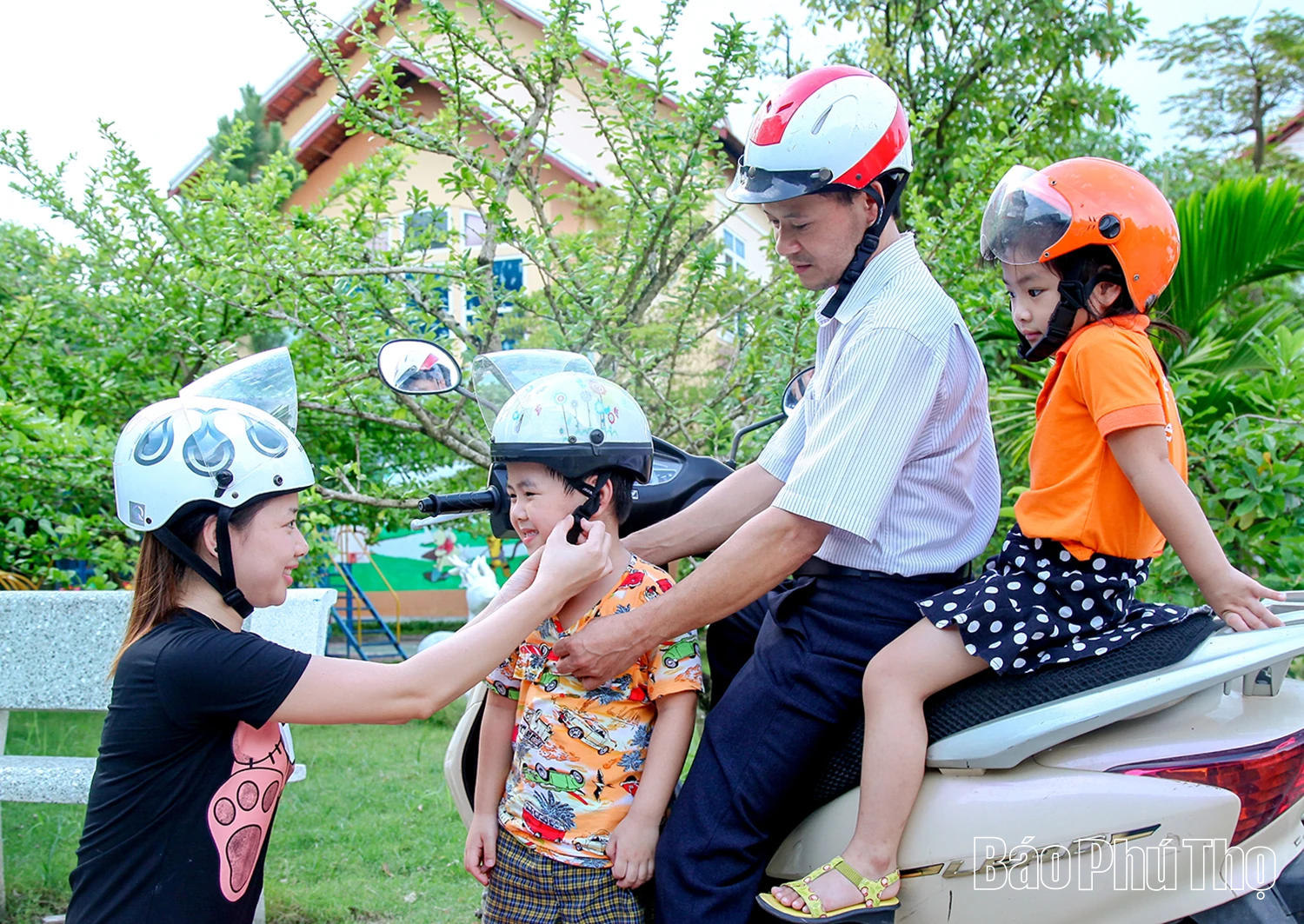
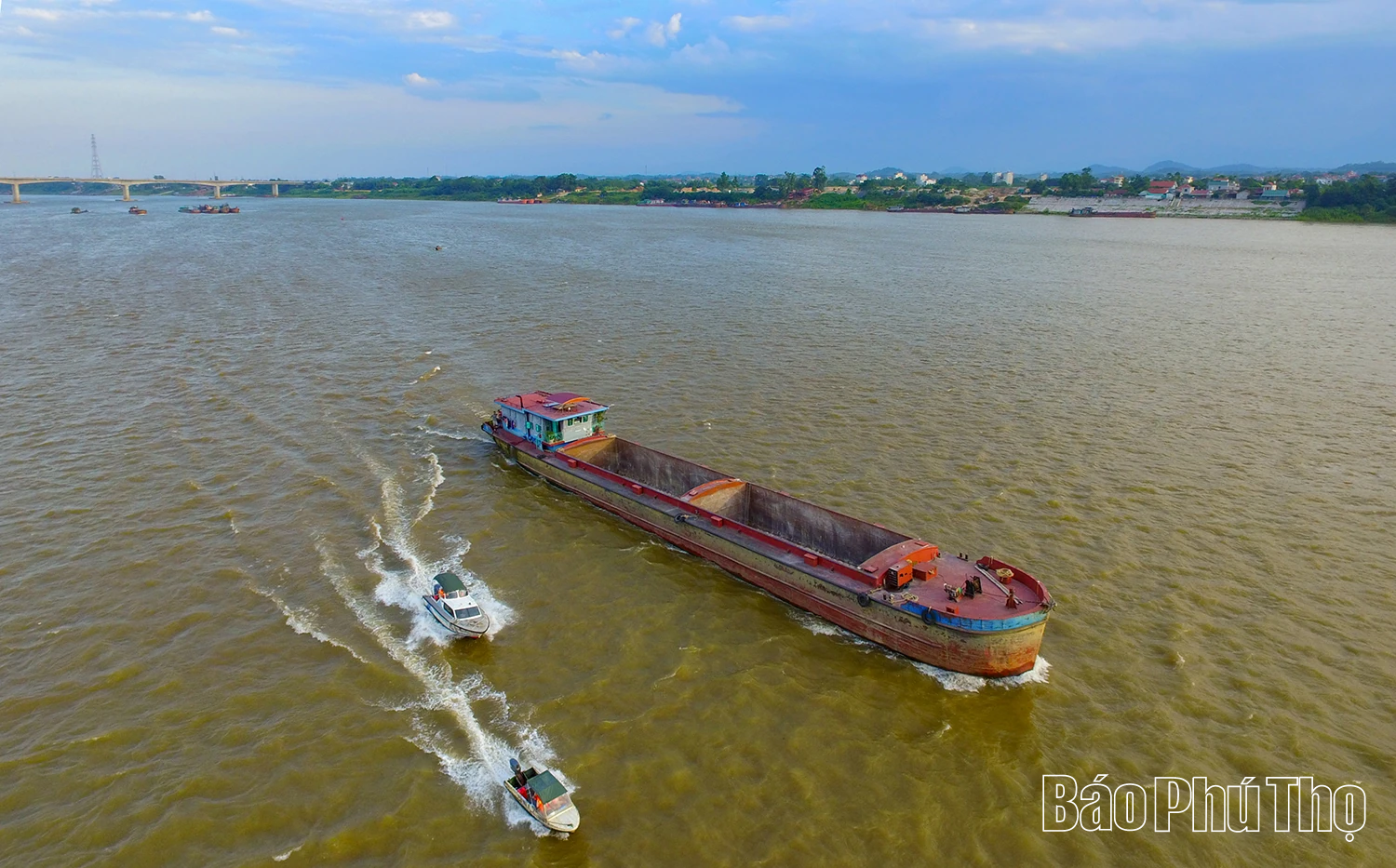
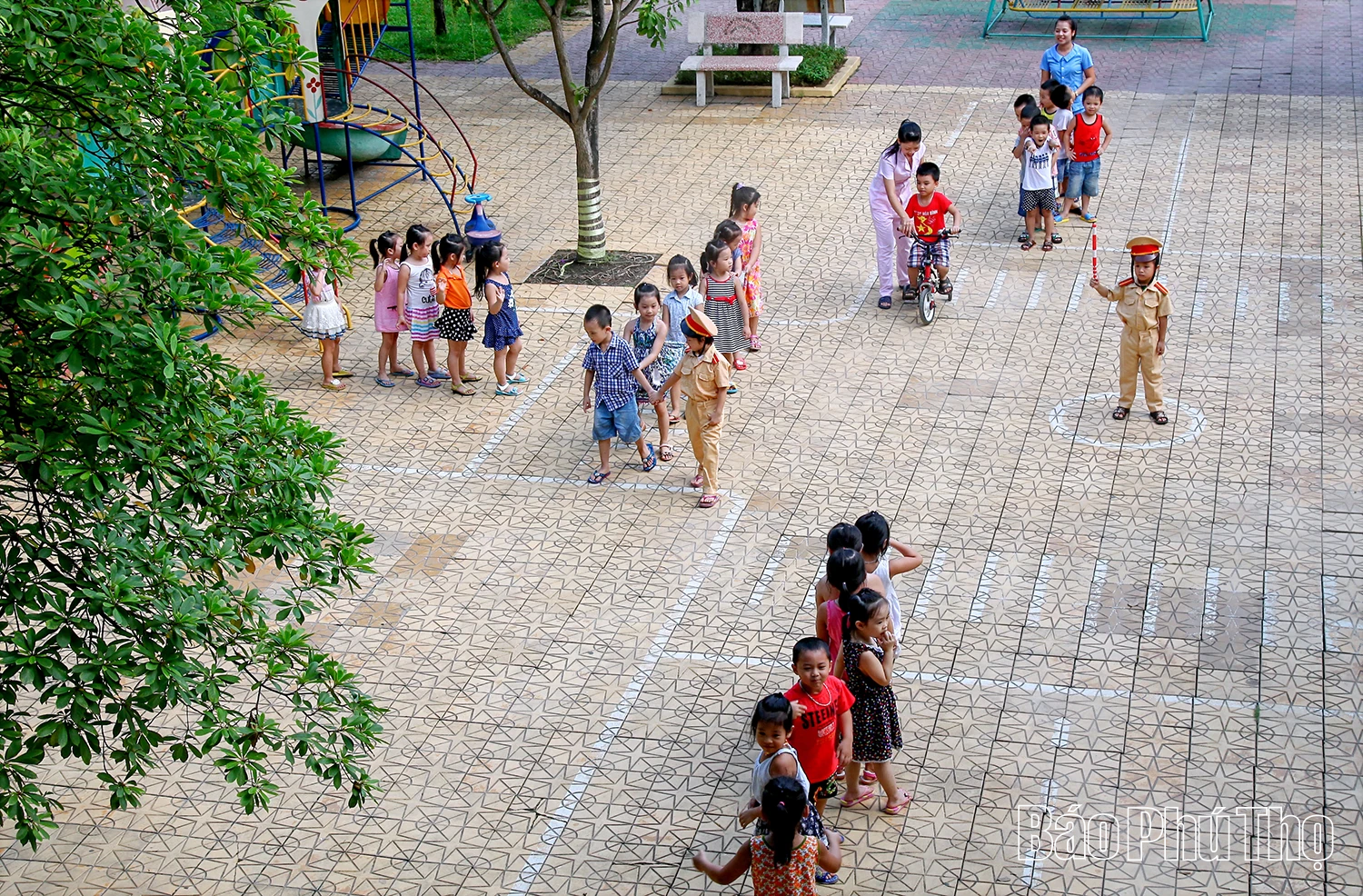


![[Photo] Many people directly experience beloved Uncle Ho and the General Secretaries](https://vphoto.vietnam.vn/thumb/1200x675/vietnam/resource/IMAGE/2025/9/6/2f4d9a1c1ef14be3933dbef3cd5403f6)
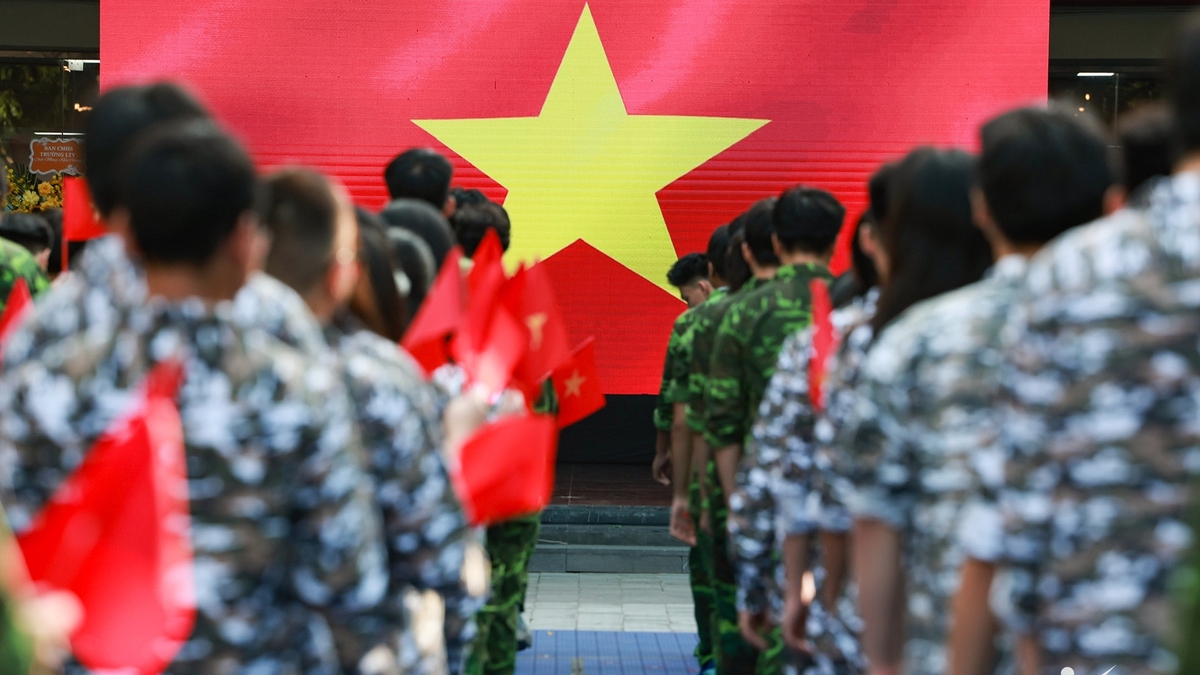

![[Photo] Hanoi students excitedly and joyfully open the new school year 2025-2026](https://vphoto.vietnam.vn/thumb/1200x675/vietnam/resource/IMAGE/2025/9/5/ecc91eddd50a467aa7670463f7b142f5)
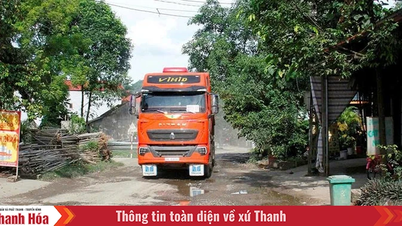

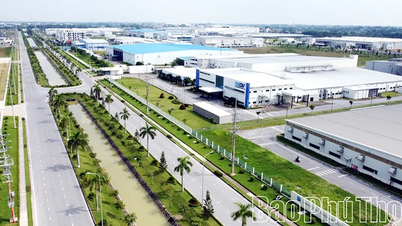
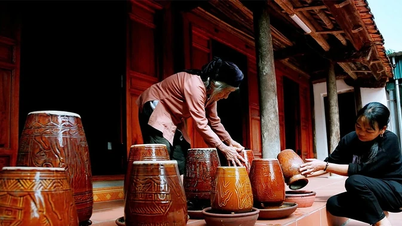

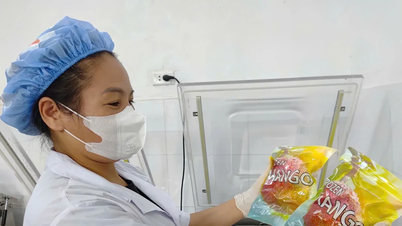


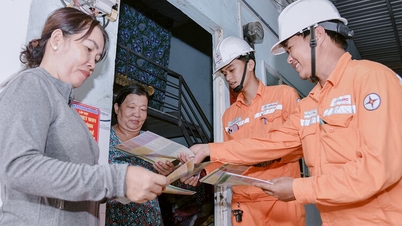

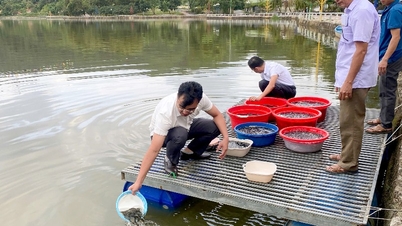

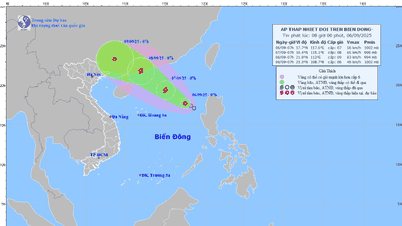

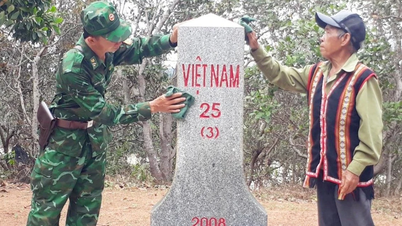

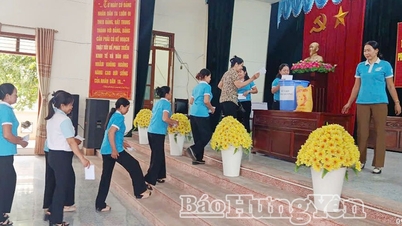

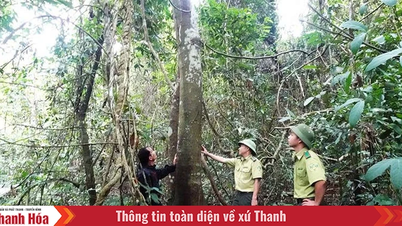

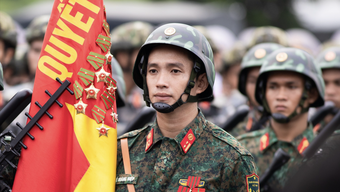
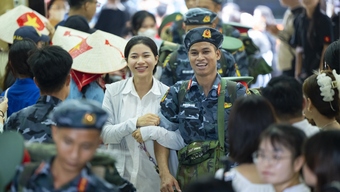
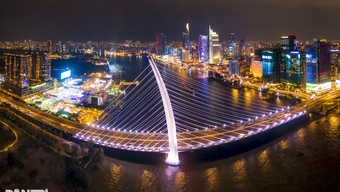


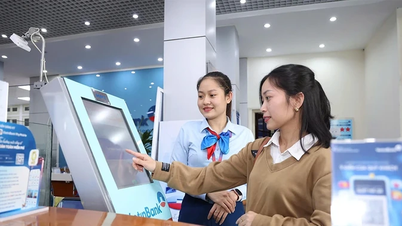
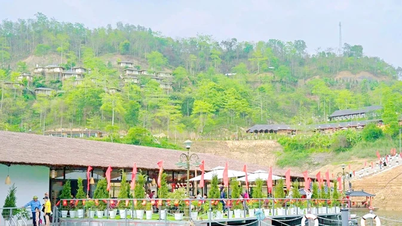
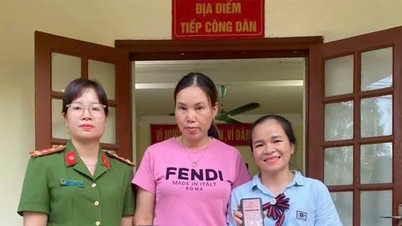
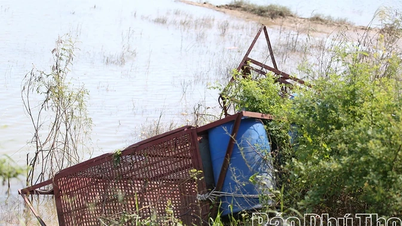
![[Photo] Opening ceremony of "Digital Citizenship - Digital School" and commitment to civilized behavior in cyberspace](https://vphoto.vietnam.vn/thumb/1200x675/vietnam/resource/IMAGE/2025/9/5/222ec3b8892f443c9b26637ef2dd2b09)




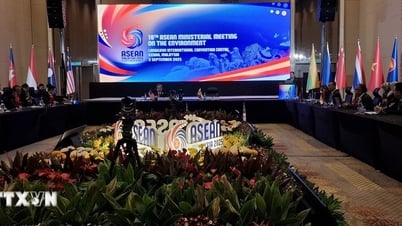

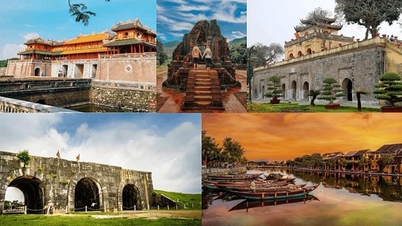

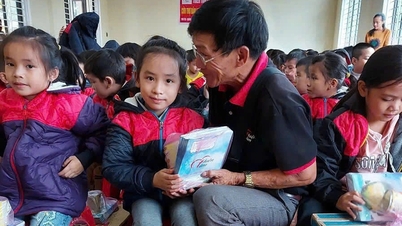








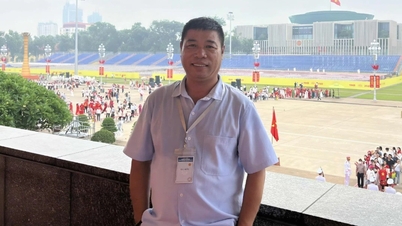







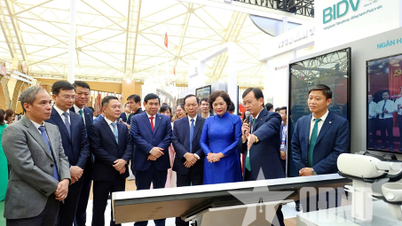
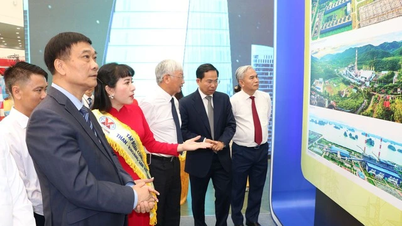



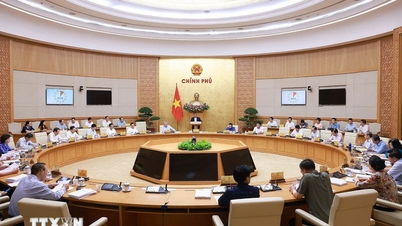
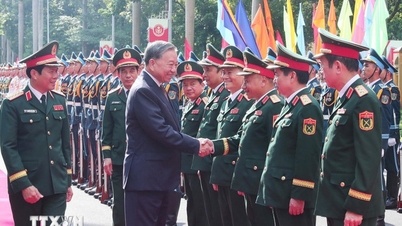





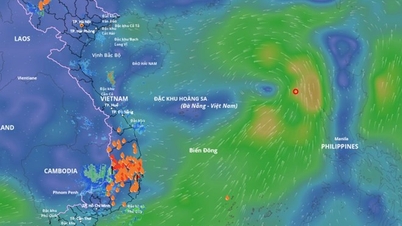

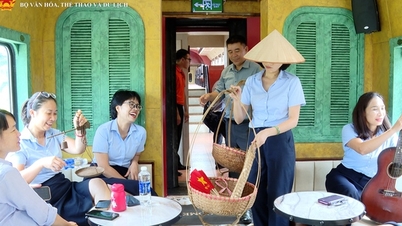



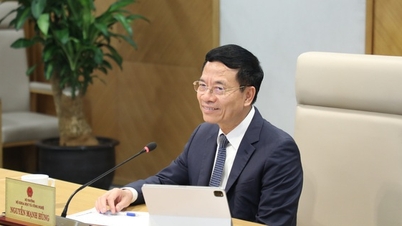

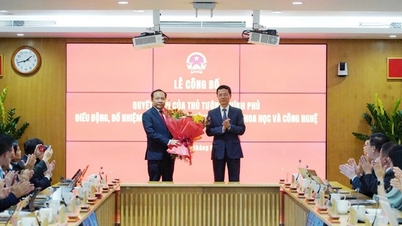
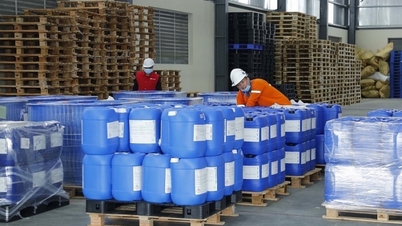




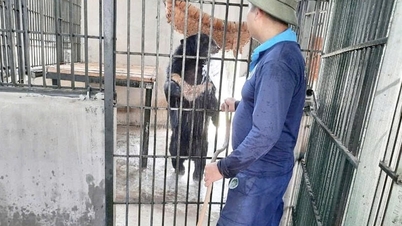




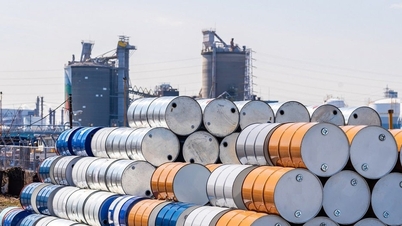


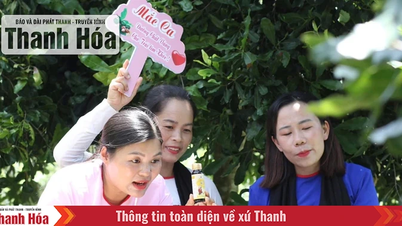
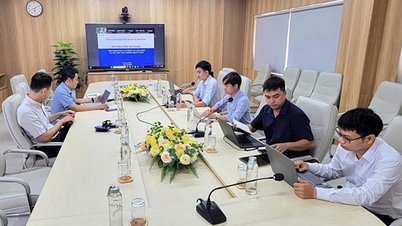







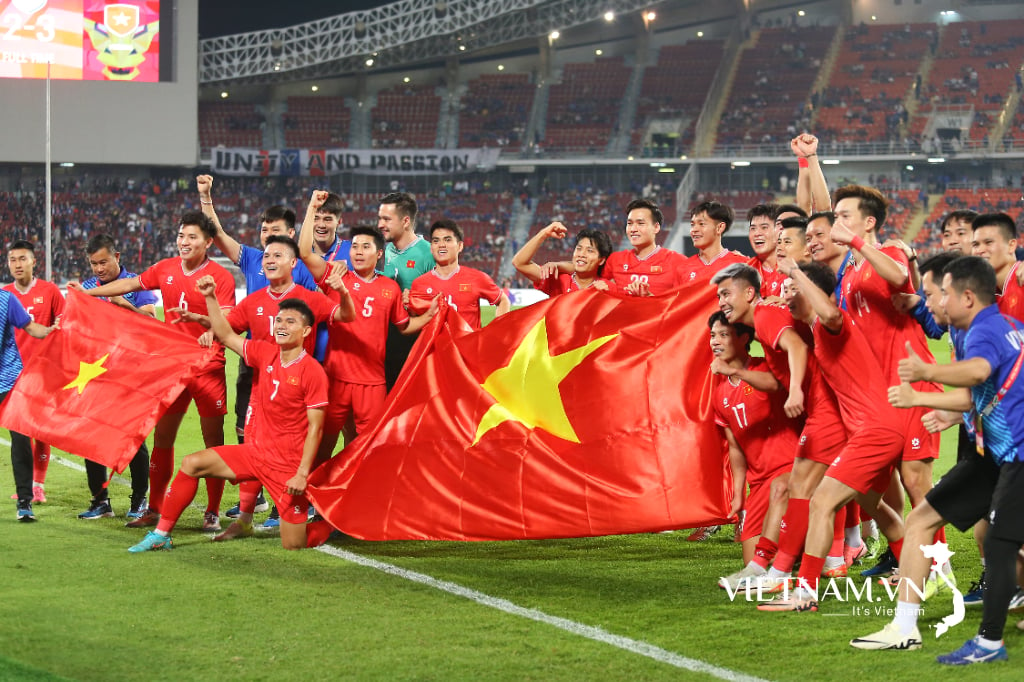
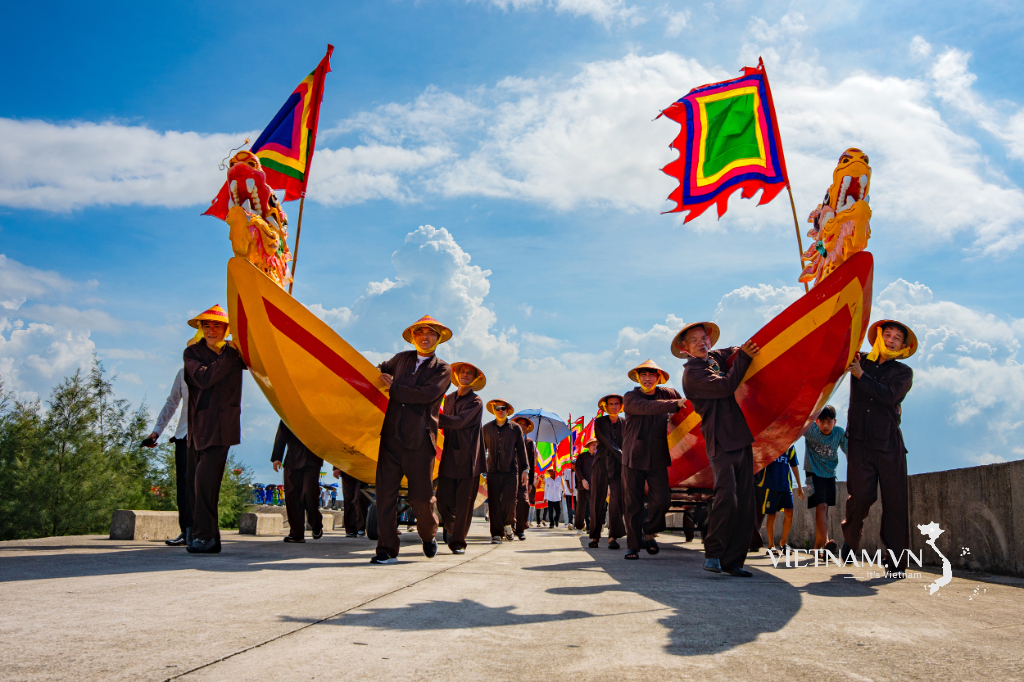

Comment (0)